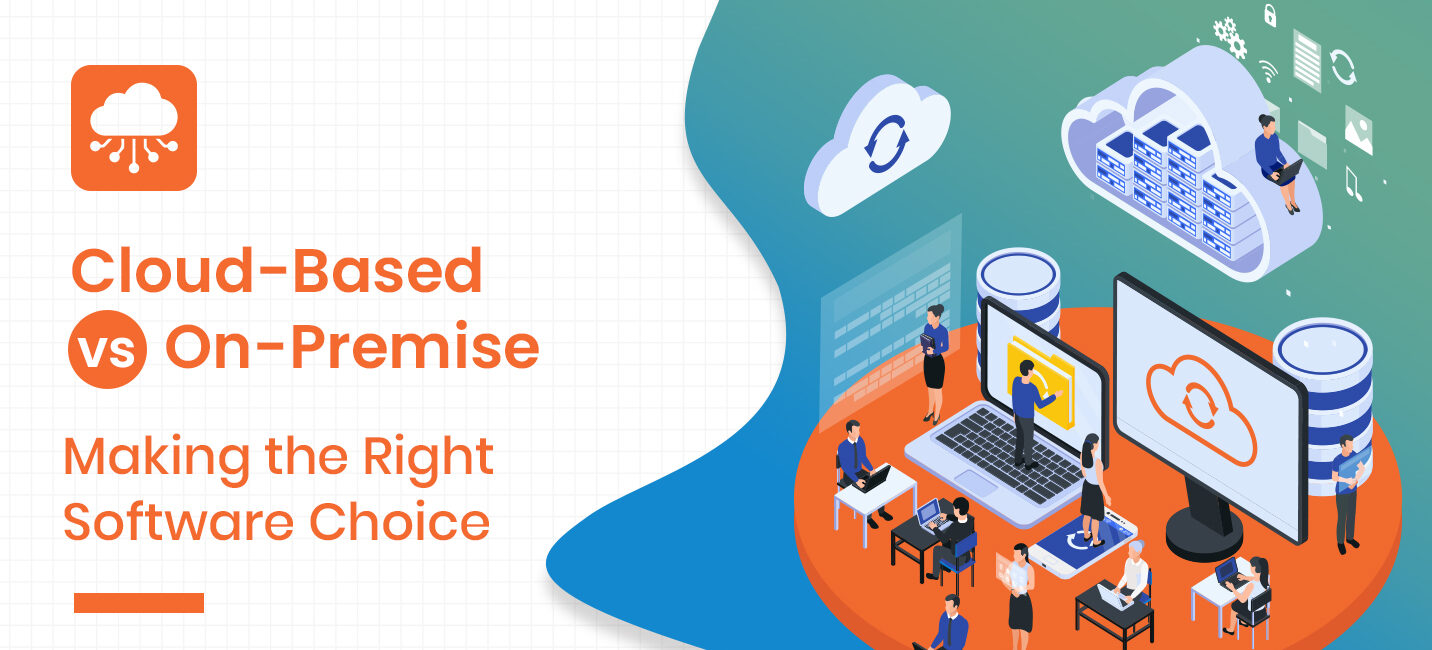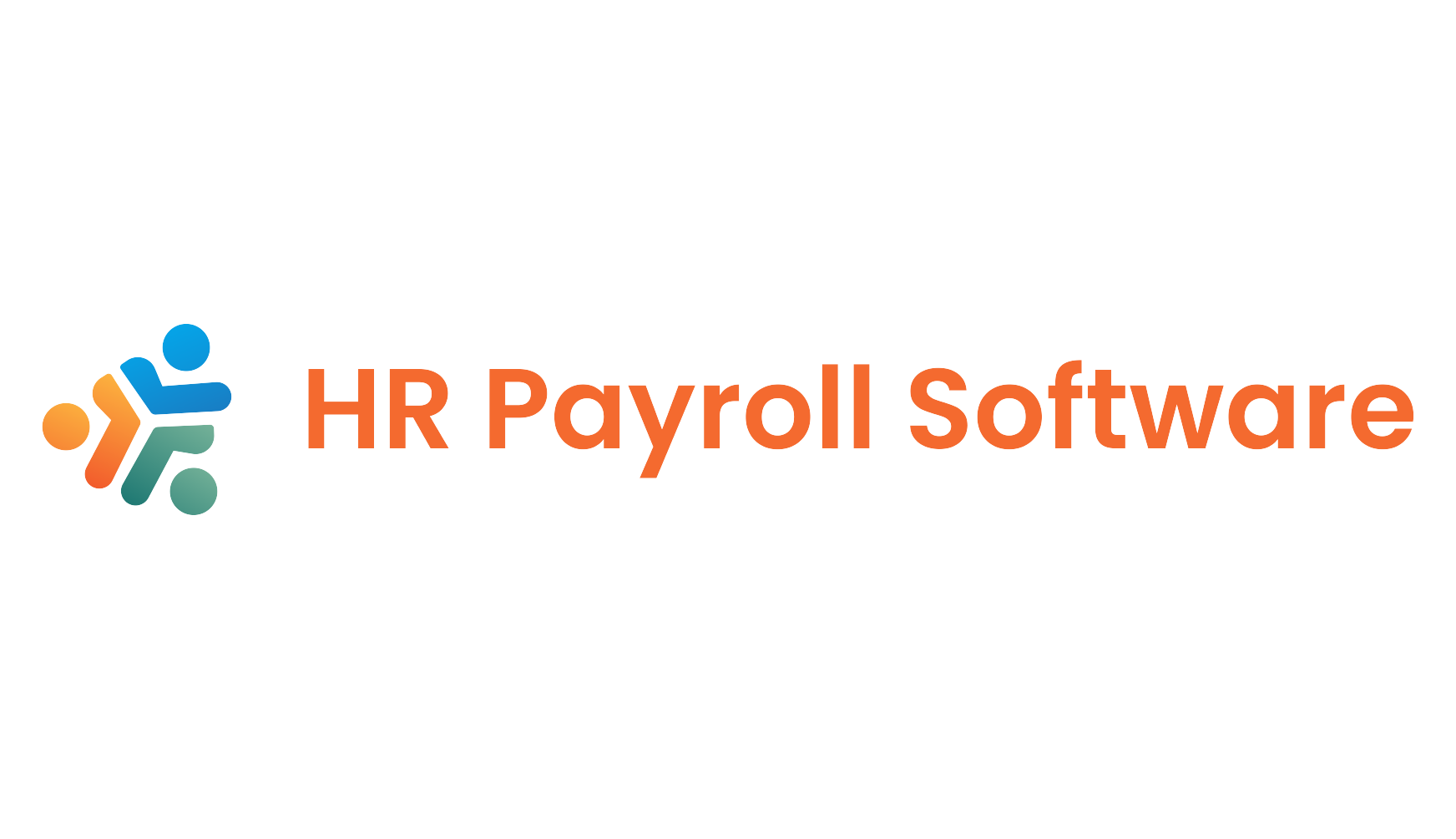
In the ever-evolving landscape of business technology, the decision between cloud-based and on-premise software solutions has become a crucial consideration for organizations of all sizes. This article aims to provide a comprehensive guide, exploring the advantages and disadvantages of each option, assisting businesses in making informed decisions based on their unique needs.
Understanding Cloud-Based Software:
Cloud-based software, also known as Software as a Service (SaaS), is a model where software applications are hosted by a third-party provider and made accessible to users over the internet. Users can access the software through a web browser without the need for on-site installations.
Advantages:
- Cost-Efficiency: Cloud-based solutions often come with lower upfront costs as there’s no need for significant hardware investments. Businesses typically pay a subscription fee based on usage.
- Scalability: Cloud-based software allows for easy scalability. As business needs grow, organizations can increase their usage or add features without the need for substantial infrastructure changes.
- Accessibility: With cloud-based solutions, users can access the software from anywhere with an internet connection. This flexibility is particularly valuable in the era of remote work and global collaborations.
- Automatic Updates: The responsibility for software updates and maintenance rests with the service provider, ensuring that users always have access to the latest features and security patches.
- Collaboration: Cloud-based software facilitates real-time collaboration among users, regardless of their physical locations. This enhances teamwork and accelerates decision-making processes.
Considerations:
- Security Concerns: While cloud providers invest heavily in security measures, some businesses may have concerns about data residing outside their premises. It’s crucial to choose reputable providers with robust security protocols.
- Internet Dependency: Cloud-based solutions require a stable internet connection. In areas with unreliable connectivity, this dependency may lead to disruptions in software access.
- Customization Limitations: Some cloud-based solutions may have limitations in terms of customization. Businesses with highly specific requirements may find on-premise solutions more suitable.
Understanding On-Premise Software:
On-premise software, as the name suggests, is installed and operated from a client’s in-house server and computing infrastructure. Users access the software within the organization’s physical premises.
Advantages:
- Control and Customization: On-premise solutions offer businesses greater control over their software environment. Organizations can customize the software to meet specific needs without relying on external providers.
- Data Control: With on-premise software, businesses have full control over their data, which can be particularly crucial for organizations with strict data governance and compliance requirements.
- Security: Some businesses perceive on-premise solutions as more secure since data is stored internally. Security measures are implemented and monitored directly by the organization’s IT team.
- No Internet Dependency: On-premise solutions operate independently of internet connectivity. This can be advantageous for businesses in areas with unreliable or limited internet access.
- Long-Term Cost Predictability: While on-premise solutions often involve higher upfront costs, businesses may find long-term cost predictability as there are no recurring subscription fees.
Considerations:
- Higher Initial Costs: On-premise solutions typically involve significant upfront costs, including hardware purchases, software licenses, and implementation expenses.
- Maintenance Responsibilities: Organizations are responsible for maintaining and updating their on-premise software, which can be resource-intensive and may require a dedicated IT team.
- Scalability Challenges: Scaling an on-premise solution can be more complex and time-consuming compared to cloud-based alternatives. Expansion may require additional hardware and infrastructure investments.
- Limited Accessibility: On-premise solutions are accessible only from the physical locations where they are installed. Remote access may require additional configurations.
Making the Right Choice for Your Business:
Factors to Consider:
- Business Size and Scalability Needs: Small and medium-sized enterprises (SMEs) with dynamic scalability needs may find cloud-based solutions more flexible. Larger enterprises with extensive customization requirements might lean towards on-premise solutions.
- Budget Considerations: Cloud-based solutions often have lower upfront costs and predictable subscription fees, making them suitable for businesses with budget constraints. On-premise solutions may be more suitable for organizations with the financial capacity for significant initial investments.
- Data Sensitivity and Compliance: Businesses dealing with sensitive data and stringent regulatory requirements may opt for on-premise solutions to have greater control over their data and ensure compliance.
- Internet Connectivity: The reliability of internet connectivity in the business’s location is a crucial factor. In areas with unstable or limited internet access, on-premise solutions may provide a more dependable option.
- IT Resources: The availability and expertise of IT resources within the organization play a vital role. Cloud-based solutions offload maintenance responsibilities, making them more suitable for businesses with limited IT resources.
Conclusion:
The choice between cloud-based and on-premise software ultimately depends on the unique needs, priorities, and resources of each business. Cloud-based solutions offer flexibility, accessibility, and cost-efficiency, while on-premise solutions provide control, customization, and potential long-term cost predictability.
By carefully evaluating the advantages and considerations of each option, businesses can make informed decisions aligned with their strategic goals. Whether opting for the flexibility of the cloud or the control of an on-premise solution, the key is to choose a software architecture that complements the organization’s current requirements and future aspirations.


